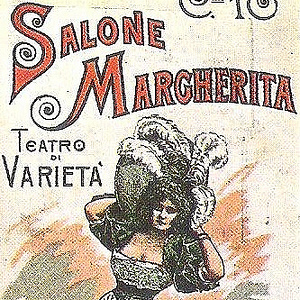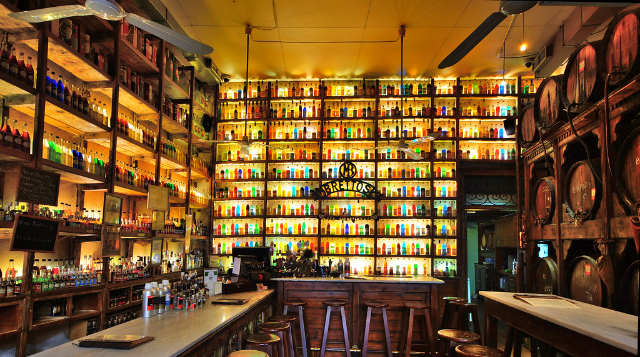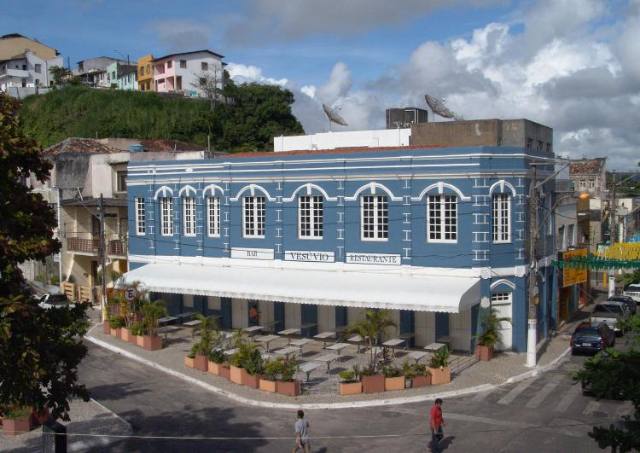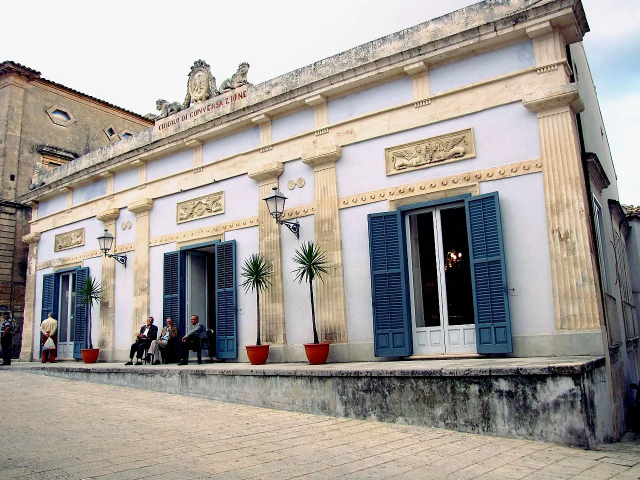Opened at the height of the Belle Époque in 1890, it was Italy’s first and most important café-chantant. Everything that contributed to its success was based on the model of France’s famous Moulin Rouge and Folies Bergère. The billboards, the café menus, the language spoken inside, and even the soubrette came directly from Paris. A symbol of fun and carefree living, an elegant temple of entertainment, it attracted the great masses of the local socio-cultural elite. But above all, the golden age of the café-chantant coincided with that of Neapolitan song.
Located under the Galleria Umberto I in Naples, the salon hosted such illustrious figures as the princesses of Pignatelli, Gerace and Pescara, the Countesses of Feld and the Honorable Bonghi at its opening. Also present at the gala evening was Matilde Serao, who shortly afterwards wrote, "Who can ever enumerate the beautiful surprises of this fashionable haunt? Every evening there is to be stunned, indeed, and it is only due to the many gay attractions if the public flocks there in large numbers. Run all of you to the Salone Margherita and you will really find something to refresh your spirits, to delight not only your mind and ears, but also your eyes, oh eyes above all…."
The Salon was born at the behest of the Marino brothers, the first to realize how profitable a business that offered the charm of live performances inspired by the Parisian world could be. It was thanks to them, in fact, that some of the most celebrated international vedettes, such as the Spanish Bella Otero or the French Cleo de Mérode, paraded on stage. Moreover, it was at the Salone Margherita that the so-called sciantose, from the French term chanteuse meaning singer, made their debut.
Protagonists of this temple of the Belle Époque: Anna Fougez, Lina Cavalieri and Maria Ciampi, the inventor of the "move." The Salon also saw the likes of Elvira Donnarumma, Raffaele Viviani, Gennaro Pasquariello and the inventor of the macchietta Nicola Maldacea. Usually the performances offered were presented in succession, with an interval between the first and second half. At the end of the first half a well-known character would appear, who would then indulge in his or her most famous work only at the end of the entire show.
Not infrequently, dancers who came from Vasto or Pallonetto would Frenchify their names, on which songwriters would ironicize. Thus were born "Lily Kangy," in 1905, "A frangesa" by Mario Costa, in 1894, and the famous "Ninì Tirabusciò," written in 1911, by Salvatore Gambardella and Aniello Califano.
In the early postwar period began the decline of the Salone Margherita, which in the meantime had become the fifth cinema in the Galleria Umberto area. In the 1970s it was seen as a place of perdition with avanspettacoli and ballets, no longer devoted to elegance, which led to its closure in 1982. With the purchase of the structure by the Barbaro family, the Salone is shining again bit by bit. It is now accessed by a grand staircase on Via Verdi, and on Sunday evenings one can access magical evenings of tango, a far cry from the unscrupulous can-can of the late 19th century.













